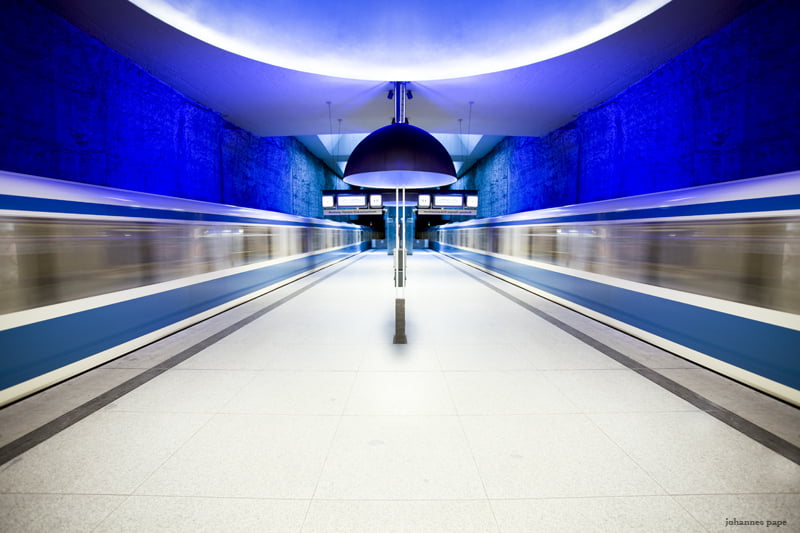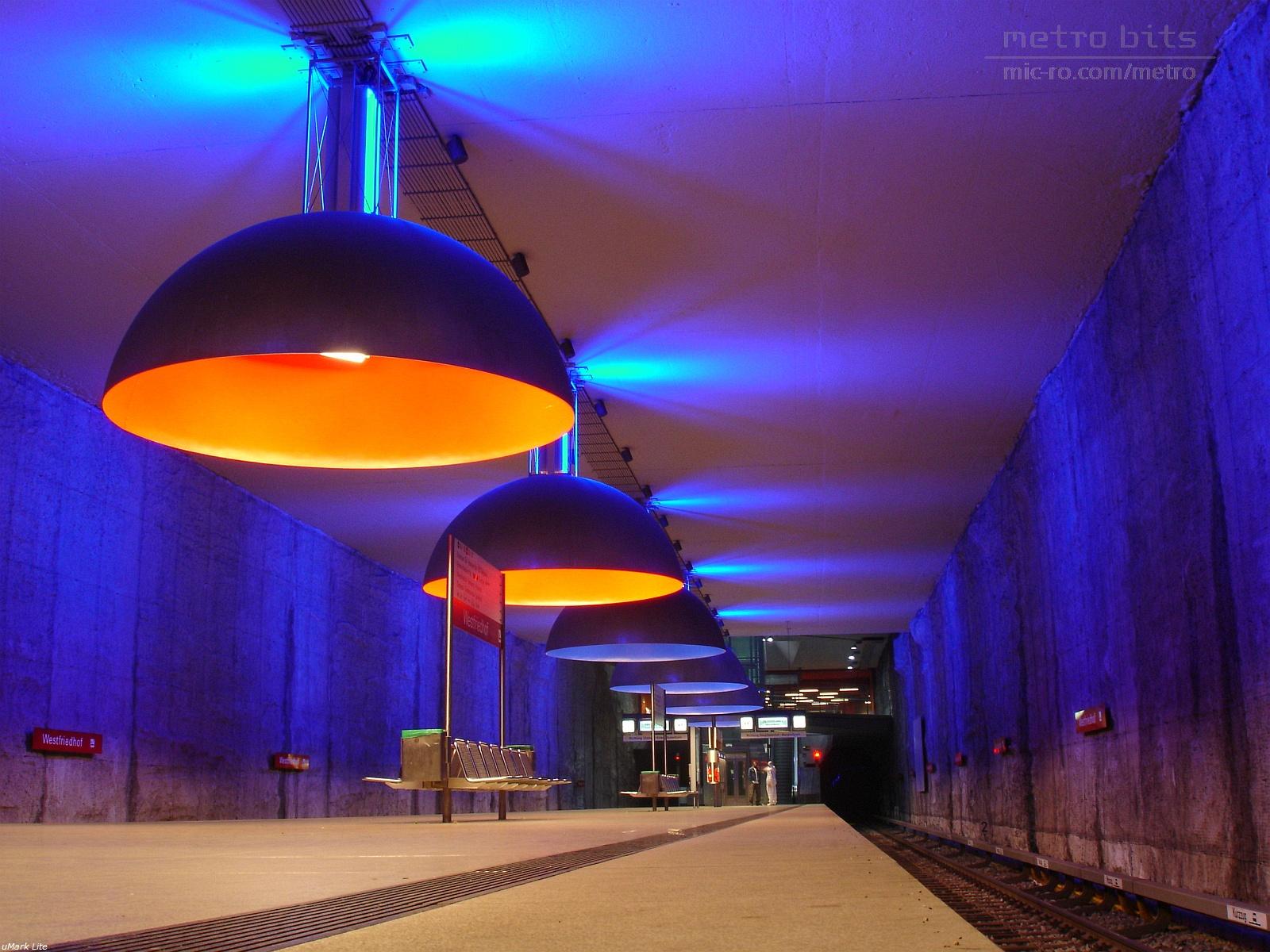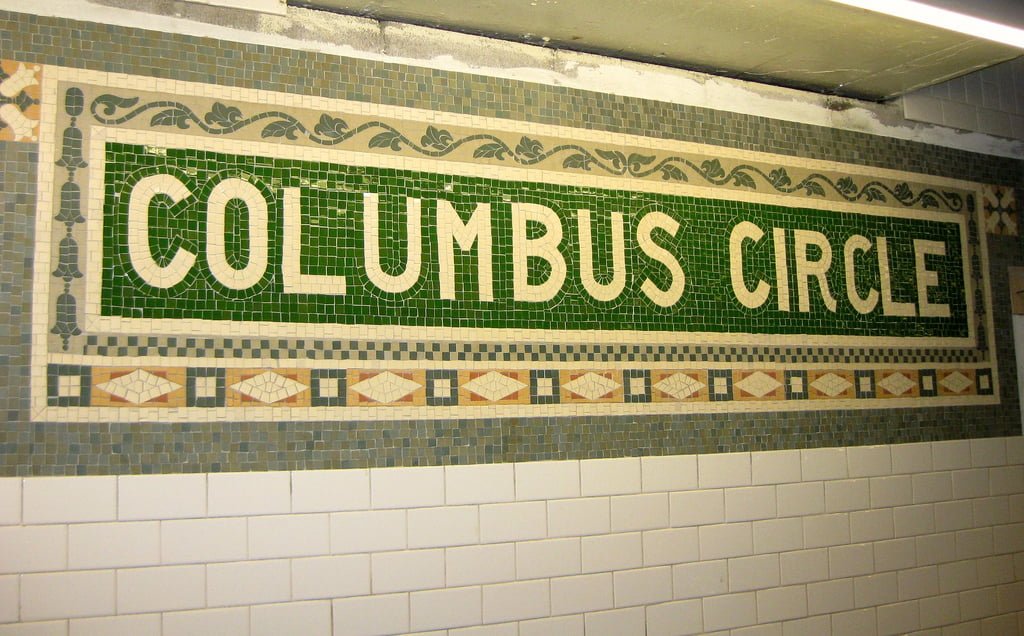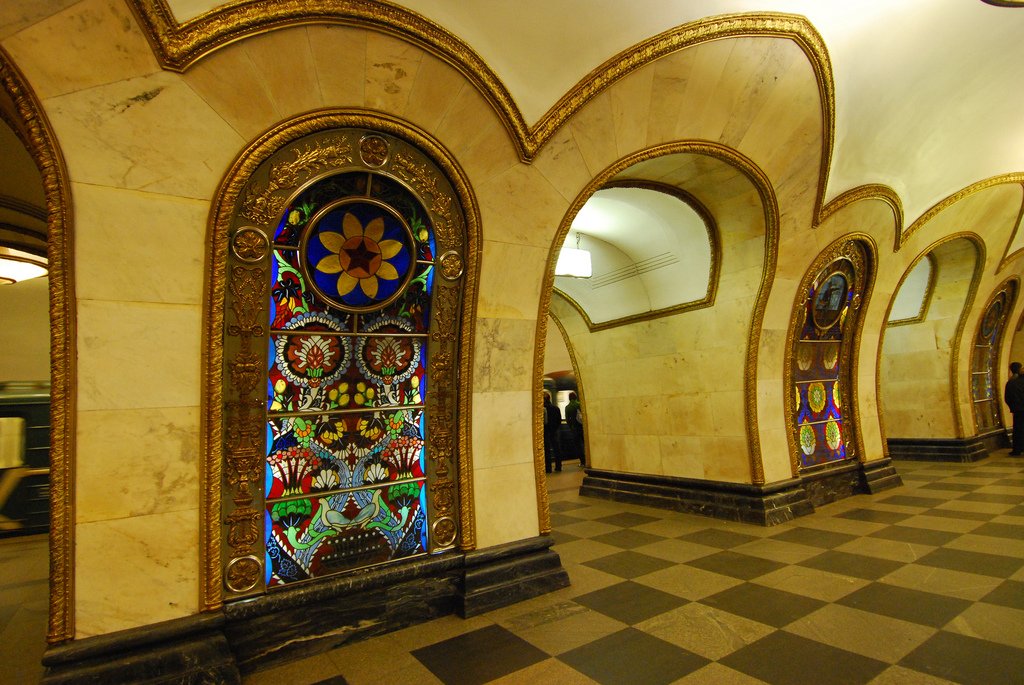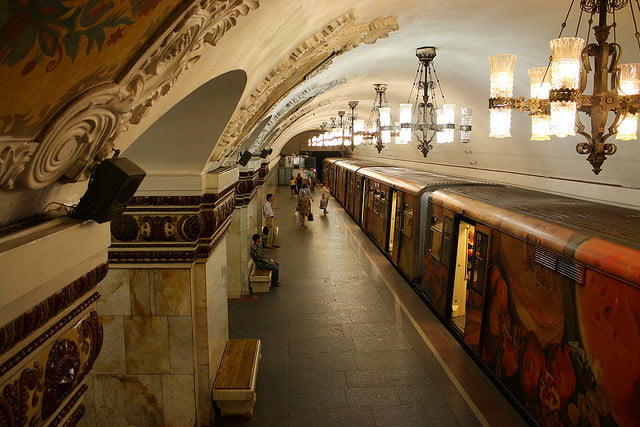We’re big Transit enthusiasts and last month, we took a look at the history of Eglinton Station and also did a news round-up of the OneCity transit plan back when it was first announced. This time around, we’ve compiled a list of some of our favourite transit systems from around the world. Enjoy!
Munich
The architecture at Munich’s U-Bahn stations certainly pushes the envelope with their sleek, strong and modern lines. We particularly like the Sankt-Quirin-Platz station with its bright colours and its futuristic look.
New York
At 100 years old, the New York subway system is one of the oldest and most extensive public transportation systems in the world, with 468 stations in operation and 375 kilometres of coverage across the city. With over 4.5 million users every day, it runs 24-hours a day, every day of the year. They’re so effective that New York is the only city in the U.S where more than half of the households don’t own a car.
Paris
Renowned for its Art Nouveau design, the Paris Métro has the most closely spaced stations in the world with 245 stations within 86.9 km2 (34 sq mi) of the city of Paris. The Navigo card gives transit users access to the entire network including RER trains to Paris’ suburbs, buses in the city, plus a bicycle program the Velib – that gives users a bike to ride from one section of the city to another.
Copenhagen
Consistently ranked among the world’s best transit systems, Copenhagen’s Metro was completed in 2002 and is linked to the S-train system that connects people to the suburbs and outside regions of Denmark. The system is driverless and instead, uses an Automated Train System (ATS) that runs the train network through a computer. The Copenhagen Metro also has a bike program that allows people to use a quarter to unlock a parked bike which they can ride to another zone across the city whereupon their quarter will be returned. In 2006, its metro had a 98-99% reliability rate.
Hong Kong
In Hong Kong, 90% of all travelling is done by mass transit. That figure is hardly surprising since the Hong Kong Mass Transit Railway (MTR) system is super efficient and convenient. The 7 million daily riders have access to an octopus card which can be used as currency for transit, parking meters, convenience stores and fast-food restaurants. The MTR also offers 3G network coverage for phones and computers. Which means that riders can make video calls and live stream videos on their commute, even underground.
Moscow
With it’s impressive architecture, the Moscow Metro is certainly one of our favourites. Opened in 1935, it’s the world’s second most heavily used rapid transit system after Tokyo’s. Even though the average daily passenger traffic is 6.6 million, the Moscow Metro is highly efficient. About 40 trains run every hour and the minimum interval between trains is 90 seconds during the morning and evening rush hours.
Stockholm
The Stockholm Metro is considered one of the most beautiful in the world and is also known as the world’s longest art gallery. Over 90% of its stations are adorned with mosaics, installations and paintings from about 140 artists. Several stations also use organic architecture, which leaves the bedrock exposed and unsculptured, appearing to be based on natural cave systems.
London

Commonly referred to as “The Tube,” London’s underground network opened in 1863 and is the oldest in the world. It’s also the longest, with 400 kilometres of track. The long lines allow you to check out central sights like Westminster Abbey, as well as further out attractions like Wimbledon.

